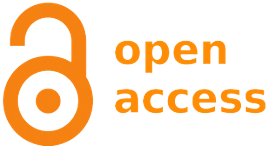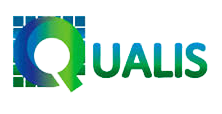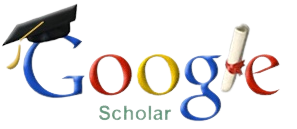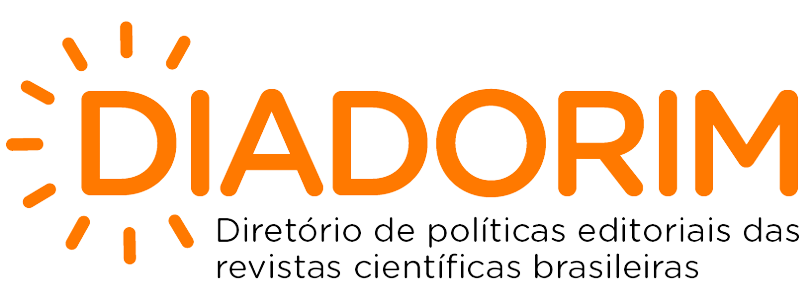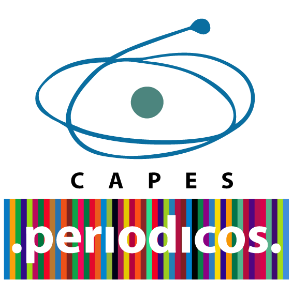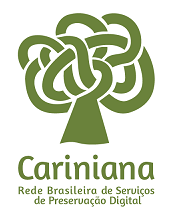The semiotic relationship between cartographic language and brazilian sign language
DOI:
https://doi.org/10.5433/2447-1747.2020v29n1p231Keywords:
Semiotic relations, Geography teching, Libras.Abstract
We know that school cartography is fundamental in the teaching of Geography, enabling its initiates to materialize various physical and social information about a territory. However, it should not be considered a simple spatialization tool, since it transcends simple data organization and assumes its own language, capable of communicating something without the need of using oral languages, such as Portuguese. It is in this context that it resembles the Brazilian Language of Signals (Pounds), being able to establish communication and democratization of its information through visual reading. With this, we aim to discuss the semiotic relationship between Libras and cartography, and to present the versatility of the cartographic language in the communication of information to deaf students, and thus contribute to the strategies of inclusion in school education. The methodology used consisted in the application of a cartographic literacy workshop in a special education school in Santa Maria, RS / Brazil, where we were able to read and interpret the information presented on the maps with the deaf students. The results showed positive responses to the initial premise that the cartographic language is easily understood by deaf students, making possible the cartographic literacy, and consequently, the understanding of the geographic contents.Downloads
Downloads
Published
How to Cite
Issue
Section
License
Copyright (c) 2020 GEOGRAFIA (Londrina)

This work is licensed under a Creative Commons Attribution-NonCommercial 4.0 International License.
The authors retain the copyright simultaneously licensing the work under the Creative Commons Attribution-NonCommercial 4.0 International license. This license allows third parties to distribute, remix, adapt, and develop the material in any medium or format for non-commercial purposes, giving due credit for authorship and initial publication in this journal.
The journal reserves the right to make normative, orthographic, and grammatical changes to the originals in order to maintain the standardized language and the credibility of the vehicle while still respecting the authors' writing style. Conceptual suggestions, changes, or corrections will be communicated to the authors when necessary.
The opinions expressed by the authors of the articles are their sole responsibility.
This work is licensed under a Creative Commons Attribution-NonCommercial 4.0 International license.




